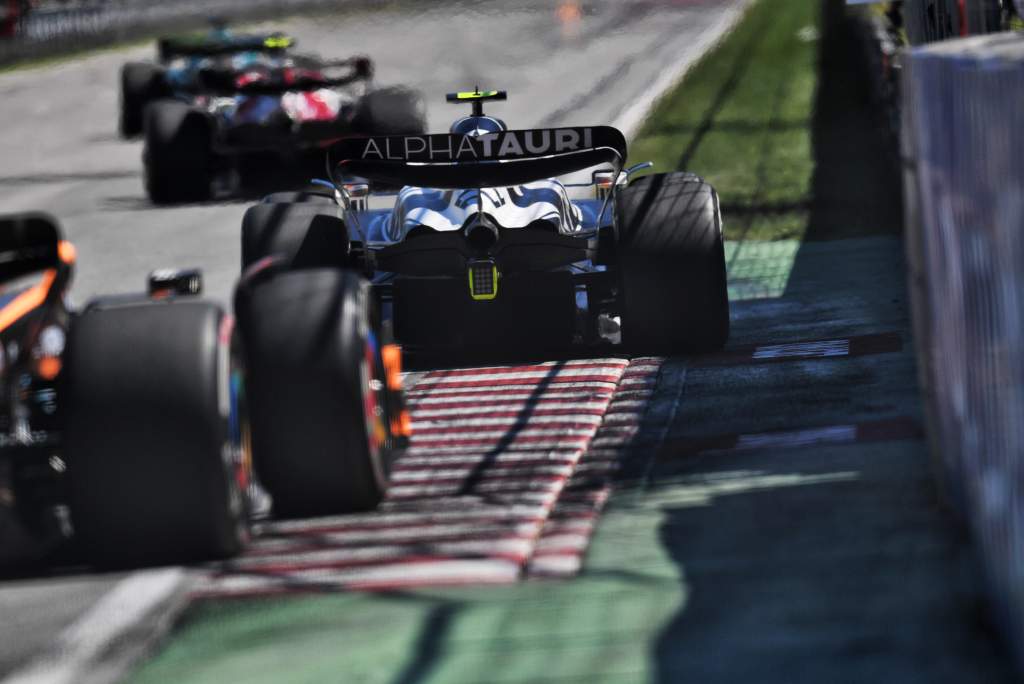Up Next

Formula 1 has modified its fuel temperature rules and deflection test requirements as part of a series of changes made to the sporting and technical regulations approved by the FIA world motor sport council.
The fuel-related change follows Aston Martin having to start the Miami Grand Prix from the pits thanks to its fuel being too warm and suspicions from rivals that Red Bull had problems with its fuel temperature ahead of the Spanish Grand Prix. .
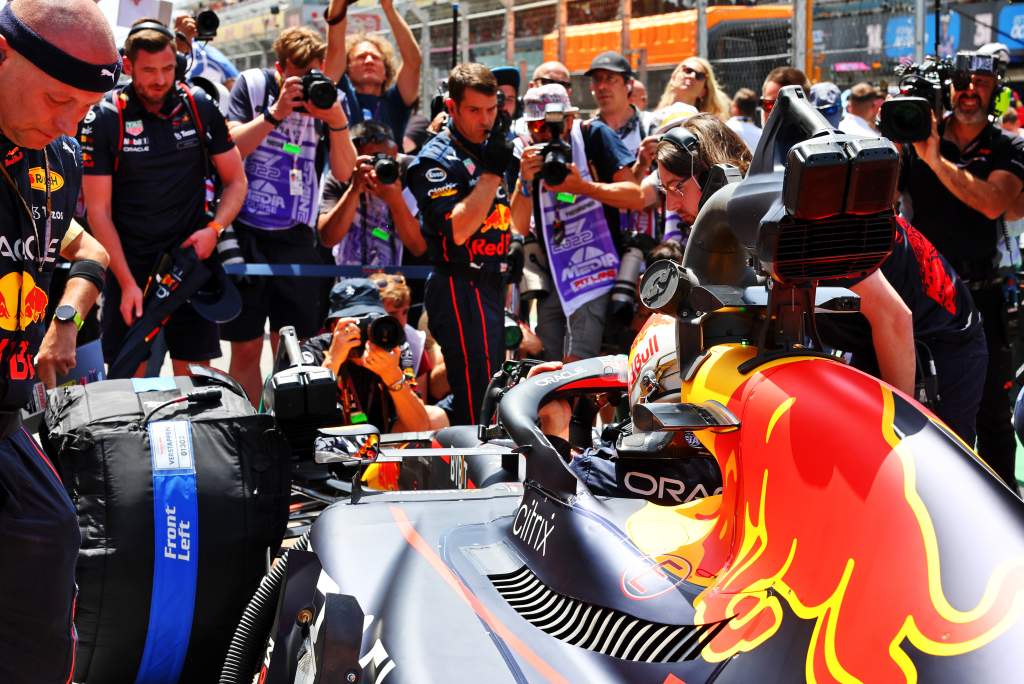
Previously, the rule simply stated that the fuel intended to be used in the car could not be more than 10°C below the ambient temperature.
Now that Article 6.4.2 of the technical regulations has been revised, it means in races where the ambient temperature is higher than 30°C it will be permitted to have the fuel at 20°C – while ensuring fuel can still only be 10°C below the ambient at cooler races.
The regulations now state that this will be measured by the primary fuel flow meter in each car.
Changes have also been made to the deflection tests of the rear wing and the beam wing amid concerns about bodywork flexibility.
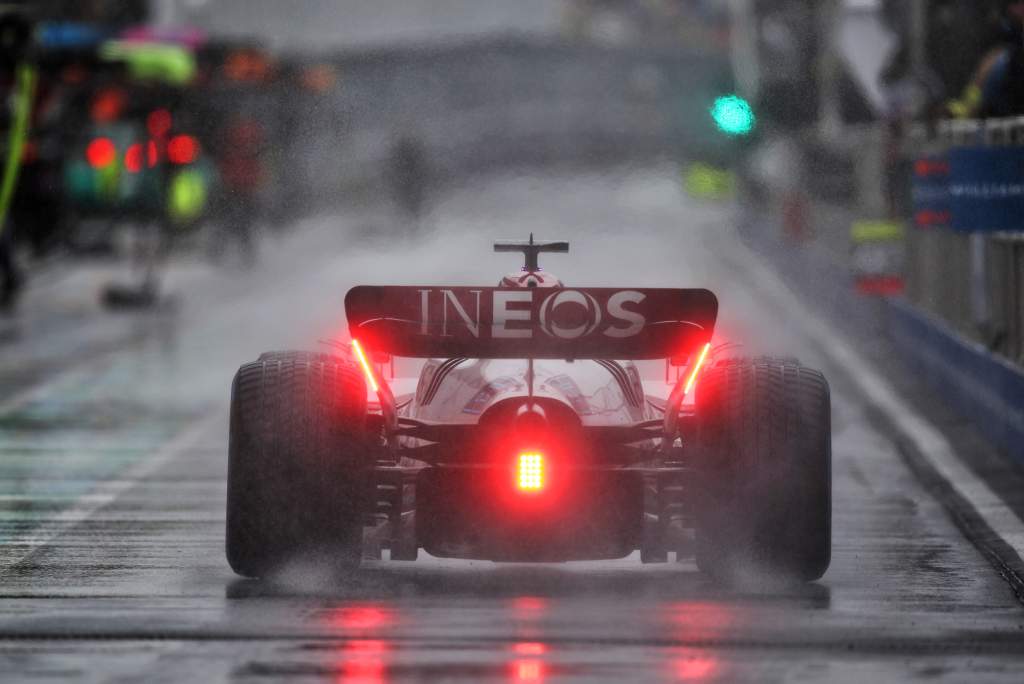
The rear wing trailing edge is now allowed to deflect by up to 3mm along the line of load application, having previously been permitted only a 2mm deflection. The load used in this test remains unchanged at 200N.
The change to the beam wing flexibility test is more substantial. Originally, this regulation (article 3.15.12) allowed no more than 5mm of deflection under a 60N load.
The permitted deflection has now been changed to mean no part of the beam wing assembly “may deflect more than 3mm when a load of 150N is applied to its trailing edge, normally to the lower surface of the element”. This load will be applied simultaneously in two places.
Markers must also be added to the rear wing to aid the monitoring of its deflection from onboard cameras.
There is also a modified test for the DRS slot gap, with a spherical gauge with a diameter of 85mm not permitted to pass between the two elements.
Another change that has been made to the technical regulations is to the rule on what’s called “dangerous construction”.
Previously, this stated that “the stewards may exclude a vehicle whose construction is deemed to be dangerous”.
But it has now been modified to state that “the stewards may prohibit the participation of a vehicle whose construction is deemed to be dangerous. Should the relevant information become apparent during a session, such a decision may apply with immediate effect”.
Amid the controversy about driver safety given the violent vertical oscillations of cars, this underlines the ability of the stewards to take immediate action should they consider the car not to be running within acceptable parametres.
It is likely this is connected to the intention to introduce a metric preventing drivers being subjected to a certain intensity of such oscillations, making it emphatic that a car could immediately be black-flagged.
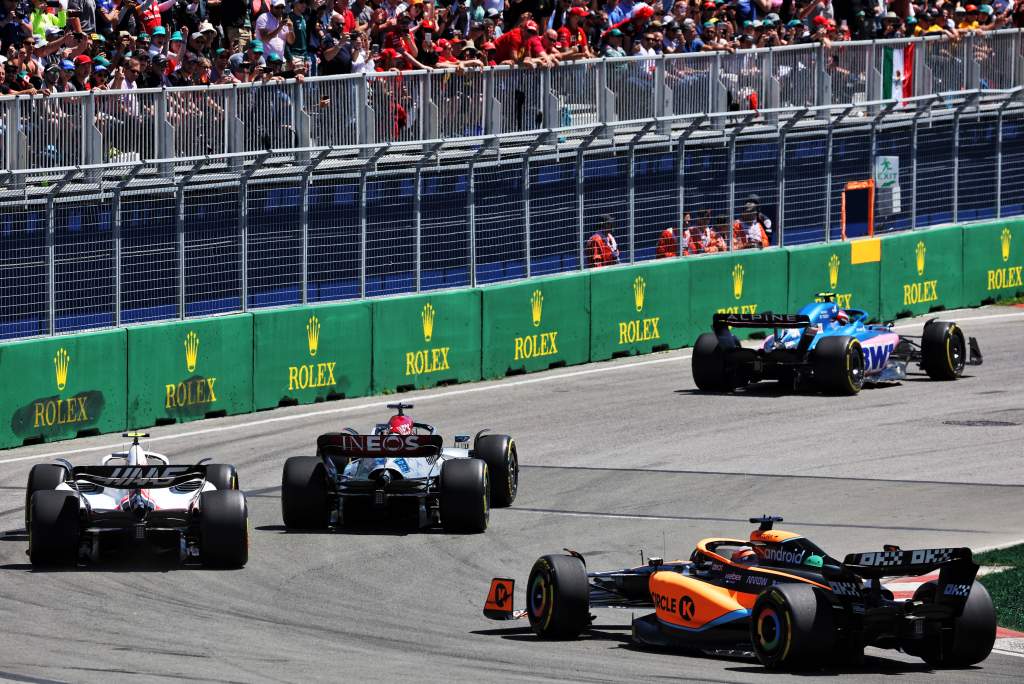
Parc ferme rules have been modified, with power unit components allowed to be changed for one of a newer specification.
There is also a new rule that allows teams to request to make running repairs to power unit components “in the form of a patch made of the same material or made of composite material, following damage or failure”.
This will only be accepted if “local and minimal” and can only be done on a temporary basis.
Meanwhile, to improve visability, the rearview mirror regulations have been modified to improve the shape of the mirror surface.
The sporting regulations have also been modified to clarify car limitations for tyre tests following question marks earlier this year.
The media activities schedule has been altered as rumoured, with the driver press conferences returning to Thursdays and now featuring 10 drivers.
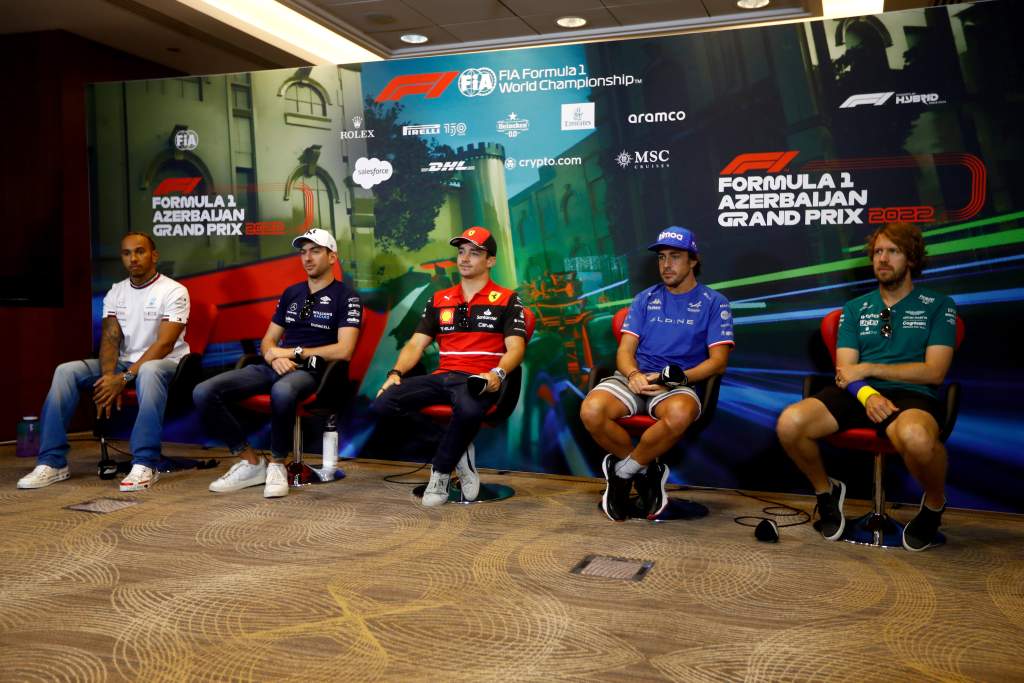
Regulations governing starting tyre choice have been clarified after confusion at the Monaco Grand Prix when race director Eduardo Freitas ordered all cars to use wets for the safety car start.
The rules now do make this compulsory both for race starts and post-red flag rolling restarts where more than one lap behind the safety car is required.
Finally, the WMSC was given an update on the progress of the 2026 power unit regulations.
These will be finalised in the coming weeks and presented to the WMSC for ratification at its next meeting in September


